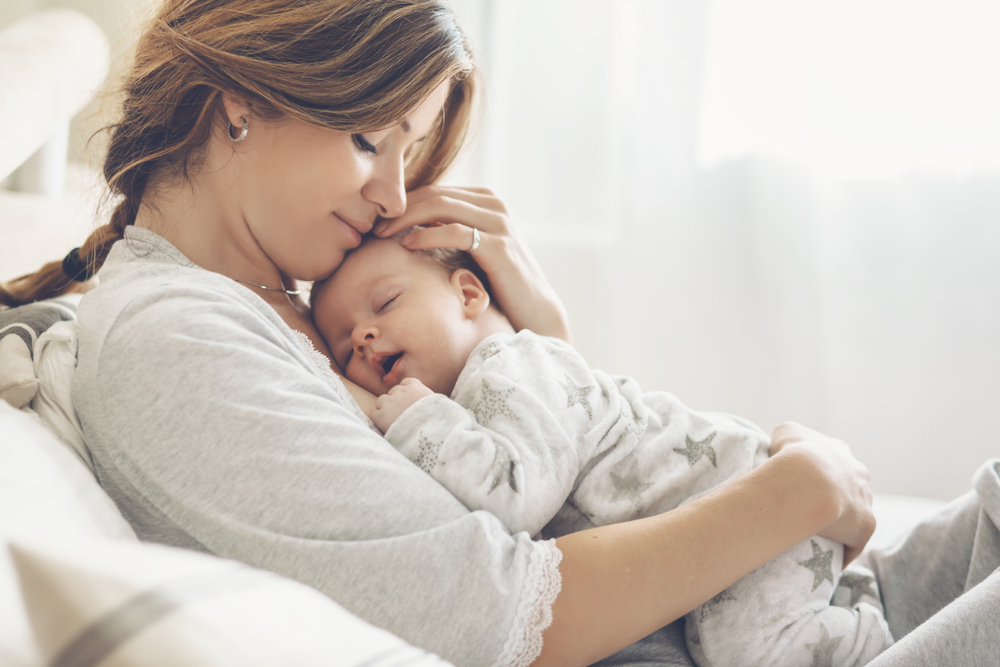Having a baby is often one of the happiest moments in a woman’s life. Despite all the joy and excitement that a new baby brings, a pregnancy can cause ongoing health concerns for many; the postpartum or postnatal period begins immediately after childbirth as the women’s body, including hormonal levels and the uterus, return to normal. The postpartum period has been associated with various health problems such as psychological disorders, incontinence, and pelvic floor health problems.
This article will explore some of the common problems experienced post childbirth, covering incontinence and pelvic floor health, and discusses how integrated care at ROC Clinic can help.
What is postpartum incontinence?
It has been shown that urinary incontinence affects twice as many females as males. Incontinence has been linked to the strength of the pelvic floor muscles, and the role these muscles play in supporting the bladder. During pregnancy and childbirth, hormonal changes weaken the pelvic floor, resulting in urinary incontinence. The pelvic floor muscles and associated nerves can also be damaged in the process of giving birth, especially with vaginal childbirth.
Two types of urinary incontinence have been identified, these are stress and urge incontinence. People with stress incontinence can experience unintentional urine leakage, spasms, and pressure in the pelvic area, urinating while sleeping, as well as urinating more than eight times a day. Stress incontinence happens when a pressure, such as laughing, sneezing, exercising, or coughing effects the bladder.
Urge incontinence can also be referred to as an overactive bladder; the leakage of urine appears after a strong urge to urinate, however, the person cannot reach a toilet in time.
How can we treat and manage postpartum incontinence?
Urinary incontinence can be treated by various medical treatments and changes in lifestyle. The easiest way to manage urinary incontinence post childbirth is to use absorbent pads. Kegel exercises are another great option for managing postpartum urinary incontinence. These exercises act on the pelvic floor muscles and help them to gain strength so the bladder is fully supported. It is advisable to speak to your doctor or midwife regarding these exercises.
Another treatment used for urinary incontinence are pessaries. A pessary is a device that is inserted into the vagina to act as a support for the urethra, and thus, prevent leakage. The patient can choose between a custom-made pessary or the pessaries that are available over the counter.
Most of the time, if childbirth has caused a woman to develop urinary incontinence it will resolve by itself as soon as the muscles have healed. At ROC, we pride ourselves on our personalised integrative care to help with the management of urinary incontinence.
For overall health after a vaginal birth, we advise you to consult with your doctor to receive the best care and education to maintain pelvic floor function. In addition to maintaining a healthy weight there are many options to help a woman’s body return to a pre-pregnancy health.
Here at ROC, our Woman’s Health specialists, Urologists and specialists on Urodynamics will use an integrative approach to provide bespoke and personalised medicine plans that will be right for you.
Why book a consultation at ROC?
- Top UK Doctors listed in Spears500
- Bespoke Assessment
- Thorough feedback and action plan
- Top Value for the investment
- Integrative Approach
- Detailed Body Composition Analysis, Cardiovascular and Nutritional Advice
- Gynaecological Checks: HPV, Cytology Smear Tests, ultrasounds
- Hormonal and Menopause Assessment
- Breast Examinations and Mammograms
- Reduced anxiety and stress
Written by Barbora Okasova – Physician Associate Trainee
References
Urinary incontinence after childbirth: Causes and treatment (medicalnewstoday.com)
Your Pelvic Floor – After Childbirth – Springwell Clinic
What Happens to Your Pelvic Floor After Birth? – Laura Meihofer


